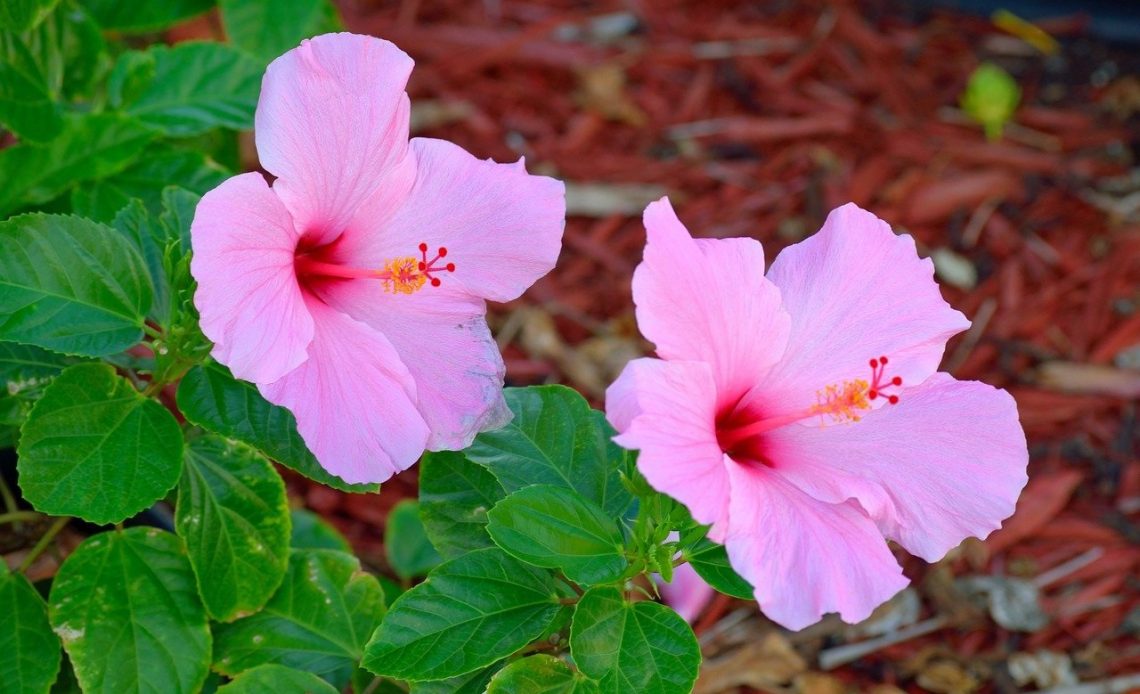

We’re here to help! Wild Yards is a completely free website that is 100% dedicated to helping you create a wildlife-friendly, sustainable yard. Read more
WildYards is reader-supported. When you buy a product through a link on our site, we may earn a comission. Every product is independently selected by our (obsessive) editors and our reviews are unbiased and objective. Read more about our mission or our privacy policy.
When the warmer weather rolls around, hummingbirds are actually common sights in many gardens and backyards across America. However, there are always going to be a few shrubs that attract hummingbirds more than others!
Some of the most exciting shrubs that appeal to hummingbirds include the hibiscus, the cephalanthus and the butterfly bush. However, these are only a few fantastic, flowering greens that will help to bring fluttering birds back to your garden time after time.
In our list below, we’ll take a look at some of our favorite shrubs that attract hummingbirds. Why not try planting one or two of them to get started?
What do hummingbirds like about shrubs?
Hummingbirds tend to love any green or flowering growth that promises nectar. They require a huge amount of energy simply to keep going – which means they are always hunting down new and exciting plants and shrubs to drink from.
Hummingbirds, too, have very specifically shaped beaks and tongues. Therefore, they often find it easy to drink nectar from plants and shrubs with trumpet-shaped flowers.
As with other pollinating birds, the hummingbird also loves a splash of color and a nice smell – meaning if your shrubs give off nectar, sweet scents and dazzling hues, you may be lucky enough to welcome a hummingbird or two.
8 Shrubs Hummingbirds Love
Here’s a rundown of our favorite shrubs we know hummingbirds love – and which we think you’ll enjoy planting and growing, too.
Hibiscus
Hummingbirds are attracted to hibiscus mainly because their flowers are large and colorful, and that they are shaped in such a way that makes it easy for them to seek out nectar. Beyond that, the hibiscus is a shrub-growing plant that really does add a lot of character to any backyard!
What’s really interesting about the hibiscus is that whether you are in a colder part of the country or not, there will be types of this flower that you can grow to welcome hummingbirds. If you’re in a lower hardiness zone, you should look for a hardy hibiscus – whereas it’s a tropical hibiscus you’ll need if you’re in a higher or warmer zone.
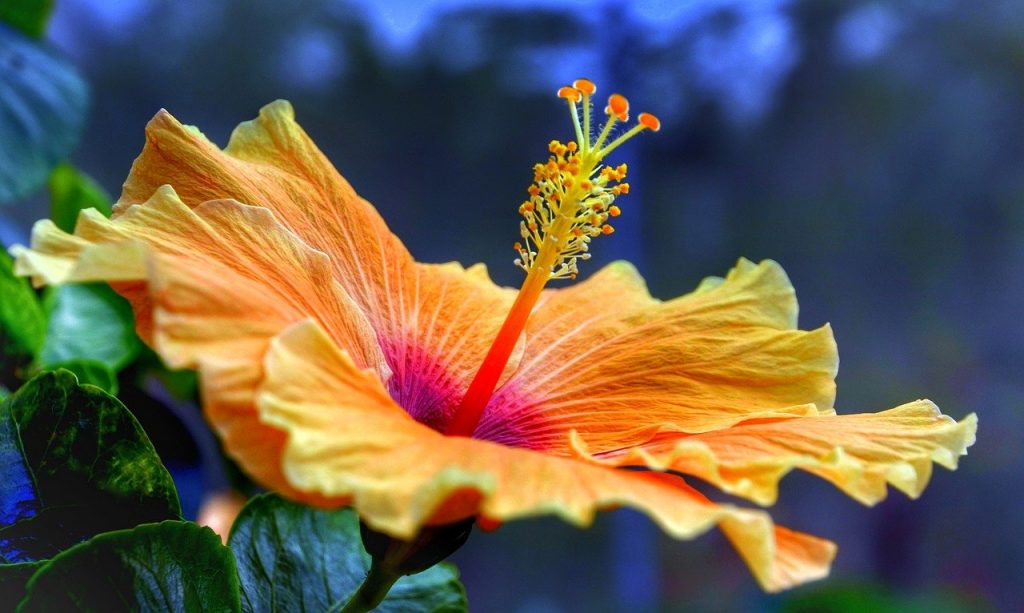
Abelia
The delicate abelia flower is often pink and gold-colored and highly decorative. While this shrub’s blooms may not be the largest on our list, they can transform a backyard into a living, growing work of art. For the hummingbird, the great news is that abelia flowers make for a wonderful source of food, and that they are tube-shaped for ease of access.
You’ll normally find similar flowers and shrubs in the shape of honeysuckle, however, the abelia is particularly hardy. In fact, many gardeners have bred their own variations of abelia over the years so that they bloom for longer, and even show off different colors. The abelia will also welcome healthy waves of insects to help pollinate.
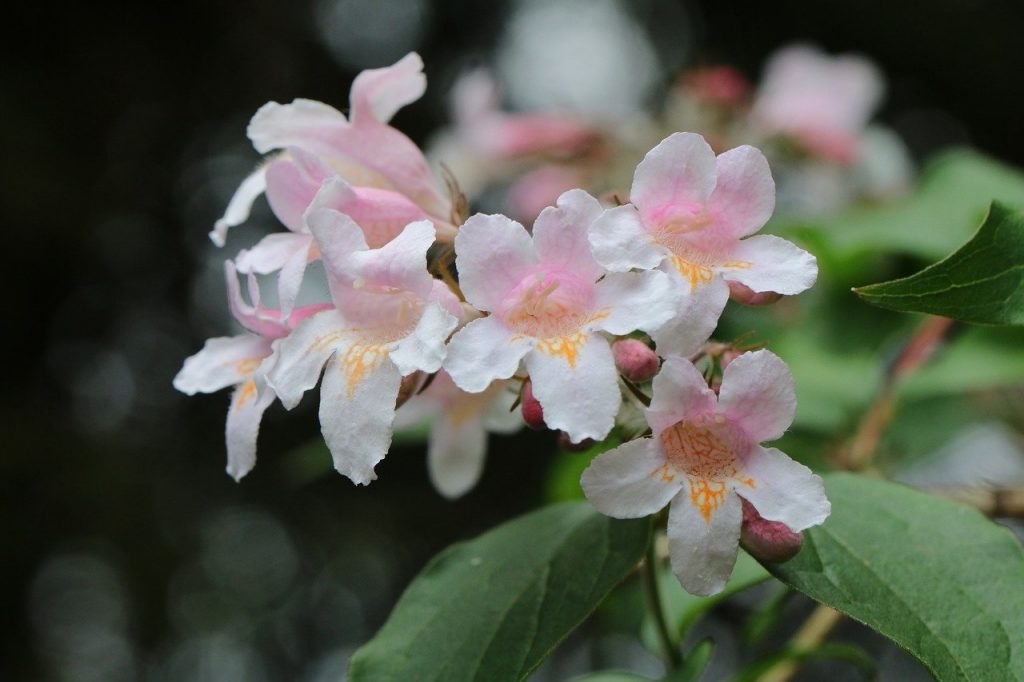
Cephalanthus
The curious cephalanthus is a shrub that sometimes goes by the name of the buttonbush, a tall-growing shrub that stretches and spreads as it grows. While it may not be the most colorful shrub on our list, this glossy and verdant addition will still bring in the hummingbird crowds, not only for the fact it’s regarded as a honey plant!
Cephalanthus occidentalis’ flowers tend to persist for long periods of time and are more commonly found across North America than overseas. Like the abelia, this hummingbird-friendly shrub is ornamental and delicate, and thrives in wet bedding and soil.
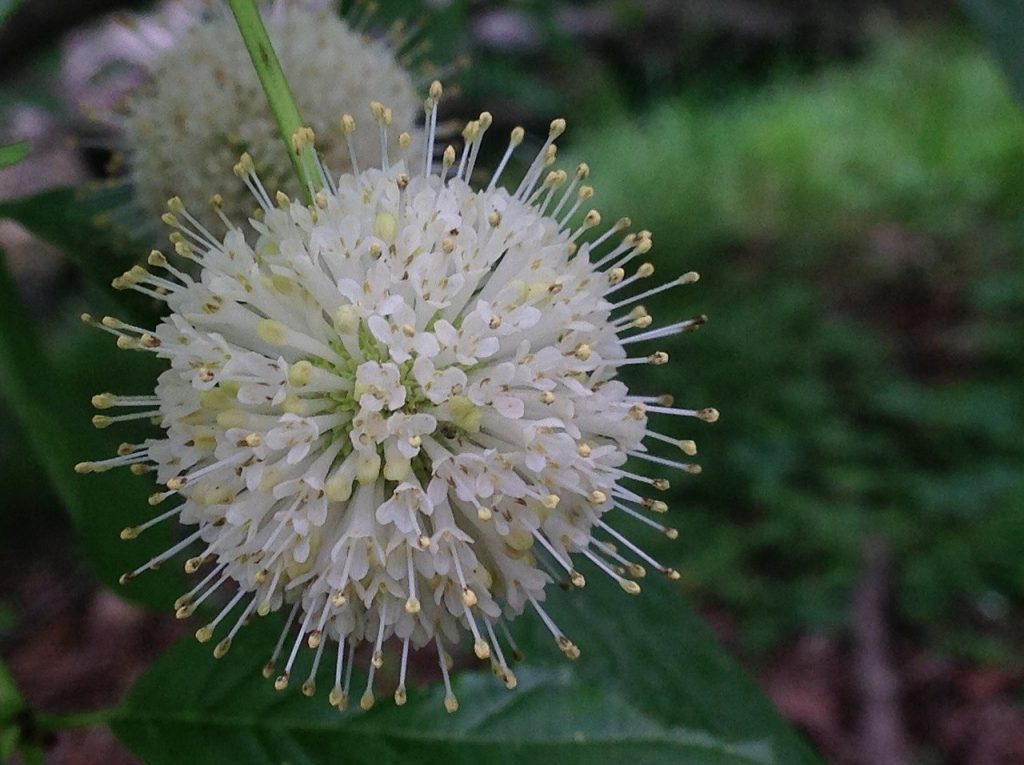
Butterfly Bush
The butterfly bush, or Buddleia davidii, is a tall-growing shrub with a give-away name. It’s a fond favorite of a variety of wildlife thanks to its brightly-colored flowers, often arriving in reds and purples. Again, as with the abelia, you may find that there are custom-grown varieties of butterfly bush you can plant to encourage hummingbird visits.
Hummingbirds love butterfly bushes largely thanks to their huge flowers – they are amazingly inviting to birds in search of nectar. Gardeners like you, meanwhile, will likely be happy to know that you can easily grow and care for butterfly bushes across a wide number of hardiness zones, from as low as zone 5 to as high as zone 10. If you’re not sure which zone you’re growing in, be sure to check out this US hardiness zone guide.
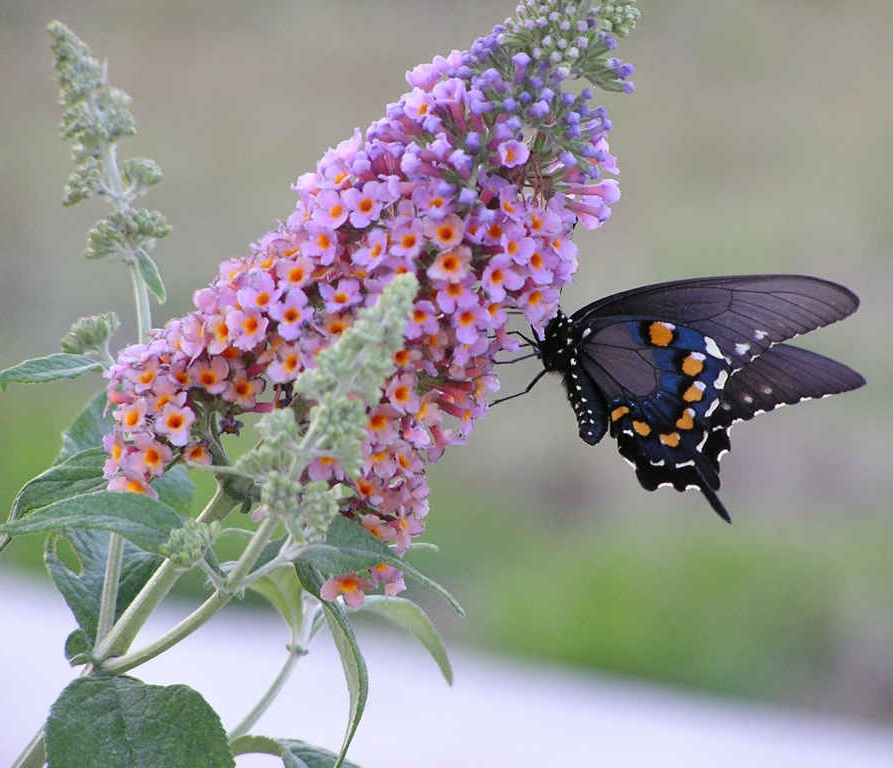
Azalea
The azalea, sometimes growing as part of the rhododendron, is a shrub that’s normally large and in charge. It propagates fast and flowers extremely easily, making it a popular plant for first-time gardeners or those who want to passively create waves of colour and charm in their backyards. Only a handful of azaleas are actually US native – normally from zone 6 through to zone 9. They are traditionally grown out east!
The flowering azalea does well with a healthy balance of sun and shade, and a healthy drainage setup. Hummingbirds love azaleas for their ever-present arrays of flowers, colorful and enticing – and they really make a statement to us, too!
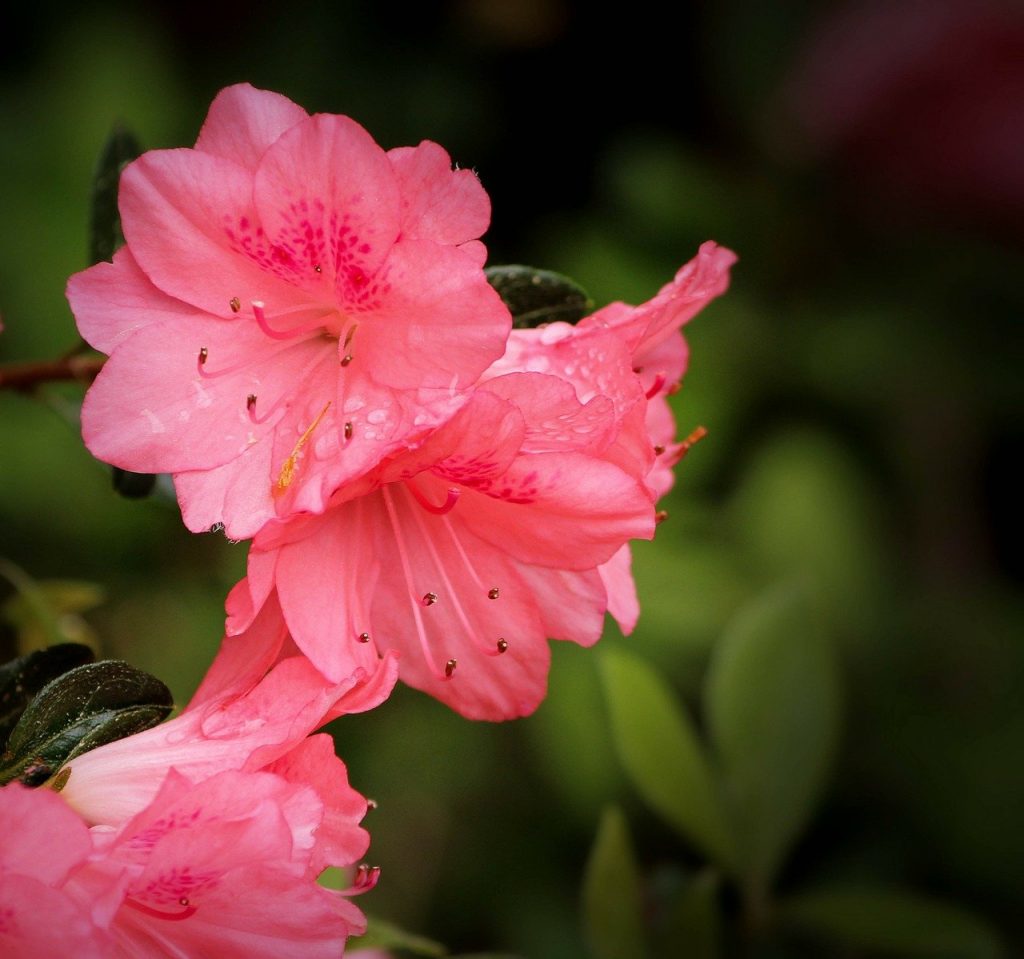
Flowering Quince
The flowering quince comes in a few different varieties and styles, and it is a little different from other shrubs on our list so far thanks to its often thorn-lined spines. However, this rarely deters a hungry hummingbird, always likely to head to a colorful quince flower from the start of spring onwards.
Flowering quinces such as the Chaenomeles speciosa and the Chaenomeles japonica are relatively easy to grow, and often provide blooms in one of three colors – red, pink and white. They add a nice splash or two to thick greenery and perhaps a handful of ginger lilies, for example, elsewhere in the garden.
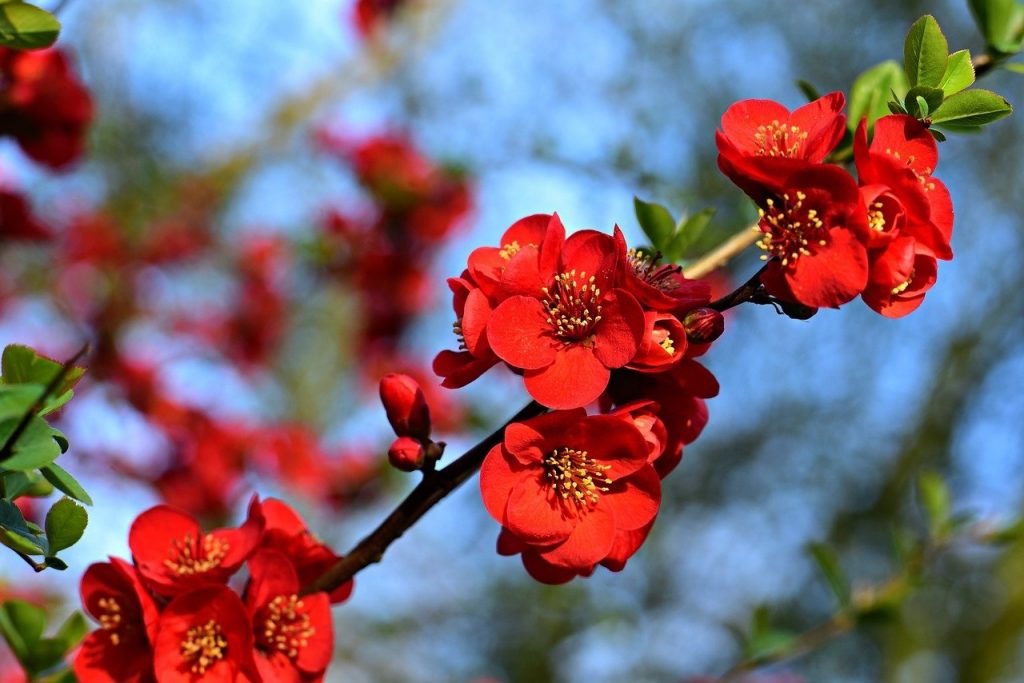
Trumpet Creeper
The trumpet creeper or trumpet vine, as the name suggests, is naturally going to appeal to the hummingbird thanks to its flaring flower shapes. The flowers in this species, the Campsis radicans, can grow from shrubs – but be warned, these creepers really can grow to be enormous if you leave a vine or two to grow to its heart’s content.
You’ll normally find these trumpeting flowers growing well in zones 4, 5, 6, 7, 8 and 9. However, they can have invasive habits – so while they’re great for bringing hummingbirds to the backyard, take care of other plants in your garden, too.
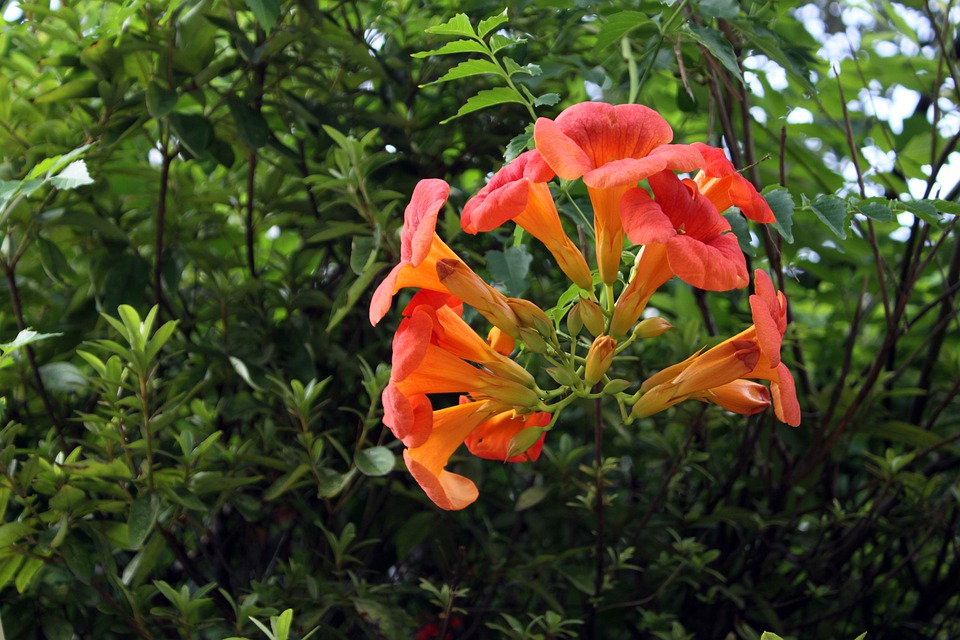
Fuchsia
Finally, the favorite of many a gardener, and many a hummingbird, the fuchsia is a classic shrubby plant that grows wide and tall, often showing off reddish and pinkish hues in its flower palette. One look at fuchsia flowers will tell you that hummingbirds generally flock to them for their shape – it’s an exclusive chance to get at some nectar.
Fuchsia tend to be great shaded plants that attract hummingbirds – though take care with them, as they will only really grow well in zones 10 and 11. These are highly rewarding, decorative blooms that many people choose for arrangements – and hummingbirds adore them.
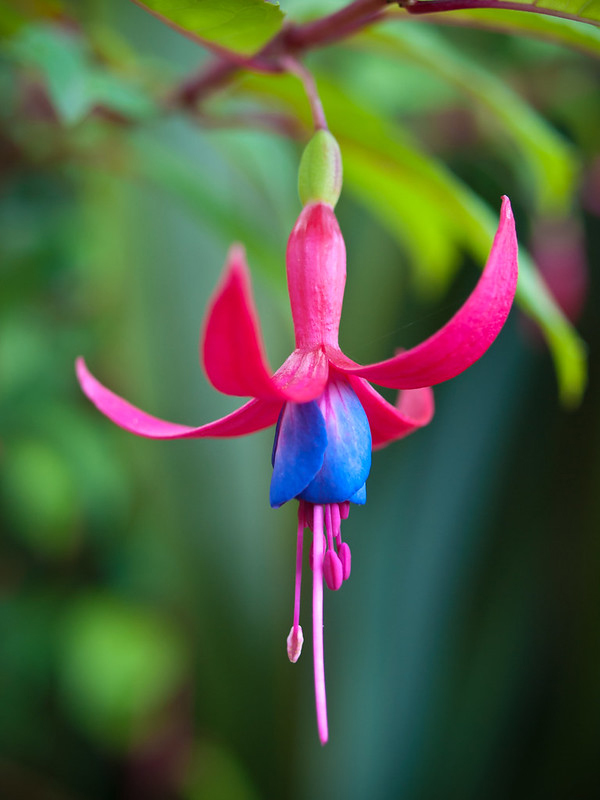
Mix Shrubs Into Your Garden Today!
Hummingbirds love flowering shrubs and you should look to plant some in your garden today. Although the type of shrubs you’ll be able to plant will differ with your climate and environment, the list we have above should be widely applicable to many different yards. You won’t regret planting some and attracting hummingbirds to your yard.

Our condo does not allow any bird feeders i.e. seed dispensers. They have dumped hummingbird feeders into this restriction. I have requested that hummingbird nectar feeders
should not be considered as a generic bird feeder. Now the complaint of a Board member is that their poop attracts ants(per you’re atricle) so nector feeders aren’t any different.
What resposnse do you have?
Hi Moe,
I’d recommend placing the hummingbird feeder away from any entranceway to your condo, preferably in a garden or terrace so that ants can’t get into the individual apartments.
Regularly cleaning the area around the hummingbird feeder, as well as changing the nectar daily will help deter unwanted visitors like ants as well.